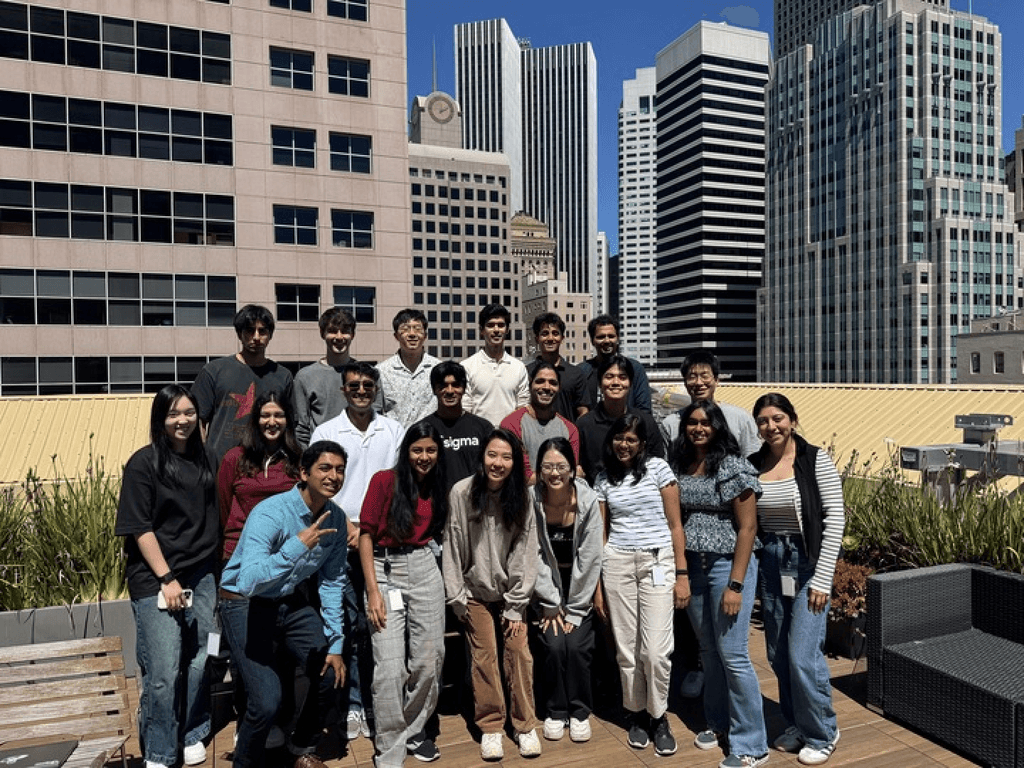✍🏻 SAML Re-authentication @ Sigma
Designing a solution have the user do the SAML auth flow again & stay signed in without having to completely log out and log back in to Sigma.
OVERVIEW
Notifying users before their session expires and allow in-page re-authentication.
One of our major clients wants to keep their warehouse connections short-lived (~1 hour long). They also want their users to be logged out after 30 minutes of inactivity in general.
Timeline
The project took about 2 weeks from understanding the requirements to handing off the designs to an engieers.
The Team
The team consisted of 1 product designer and 1 software engineer.
My Role
I'm the only product designer on the team.
CONTEXT
Sigma is "Excel on steroids" 💉 — A Sigma user I talked to
Sigma Computing is a cloud-based business intelligence and analytics platform designed to enable business users to explore and analyze data stored in cloud data warehouses.
It offers a spreadsheet-like interface that is intuitive and familiar, allowing users to interact with massive datasets in real time. The platform facilitates collaborative data exploration and analysis, integrating seamlessly with cloud data warehouses such as Snowflake, BigQuery, and Redshift .

🔐
Since the designs are still being implemented and not yet public, I can only share limited details. Feel free to reach out to see my final designs!
Summer @ Sigma Computing
During my 3 months at Sigma, I collaborated with engineers and PMs and delivered 3 impactful projects across the enterprise team, workbook performance team, and data exploration team.

Reflections
🤨 Navigating Opinions from Different Stakeholders
During my internship, I found myself a situation where everyone seemed to have a different perspective on the product feature I was designing. Each person brought their unique point of view, which made it challenging for me to find clarity. I found myself getting carried away by other people’s opinions, and in the process, I forgot that my primary role is to represent and advocate for the users.
🧹 Finding Clarity in Decision-Making
I didn’t feel comfortable making decisions on the product feature I was working on, so I sought advice from more people, hoping it would bring me clarity. However, I eventually realized that this lack of clarity wasn’t due to a lack of skill on my part. In fact, this kind of ambiguity is a common aspect of UX design and human-computer interaction. To move projects forward, I took the initiative to gather data by talking to end users, ensuring that my decisions were backed by real insights when presenting to leadership. I also involved engineers early in the process to ensure feasibility and gain their perspective.
🫂 Embracing Ambiguity
I remembered that it’s always been like this, and this ambiguity is actually one of the reasons I was drawn to UX design in the first place. The complexity and uncertainty inherent in cross-team collaboration are what make the field so human and interesting. This experience reaffirmed my appreciation for the “human” part of UX design, where navigating differing opinions and embracing ambiguity is a vital part of the process.




